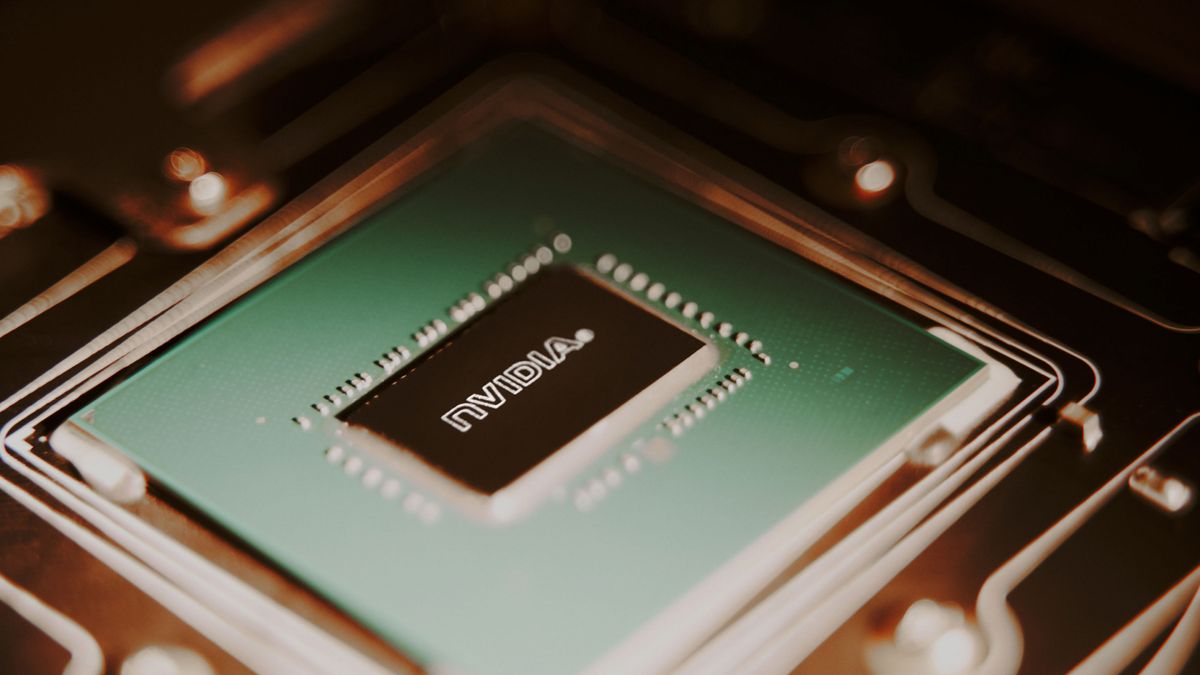The Rise of Identity-Related Cyberattacks: Costs, Challenges, and the Role of AI


Identity-related cyberattacks are the stealthy predators of the cybersecurity landscape, posing an unprecedented threat to organizations worldwide. According to a recent report, “2024 State of Passwordless Identity,” 78% of organizations have been targeted by such attacks in the past 12 months. This alarming statistic underscores the urgent need for effective identity management security measures.
The financial devastation caused by identity breaches is a global crisis, resulting in billions of dollars in losses each year. The alarming cost of authentication-related attacks varies around the world, averaging $5.58 million globally ($6.4 million in the US and $4.99 million in EMEA) last year. The toll of identity fraud alone has cost businesses an average of $2.78 million annually ($4.34 million in the US, $2.52 million in EMEA), underscoring the urgent need for robust identity security measures. These figures paint a grim picture of the economic havoc cybercriminals are wreaking by exploiting vulnerabilities in identity systems.
What factors contribute to these breaches? The ongoing trend of credential abuse and authentication weaknesses are the primary cause of most organizations falling victim to breaches. Despite the prevalence of these attacks, only half of organizations globally lack confidence in their ability to detect a breach, leaving organizations vulnerable to ongoing and subsequent attacks.
The complexity of authentication processes is also a significant challenge. On average, employees in the US and EMEA use four different types of authentication methods every day. This complexity can cause frustration and inefficiency. This is compounded by the reality that most employees in the US and EMEA have to wait up to three hours for service desks to verify their identity. However, password issues account for approximately one-third of IT help desk spend. These pain points impact productivity and highlight the need for more efficient and user-friendly authentication solutions.
Co-founder and CEO, HYPR.
The paradox of AI and cybersecurity and the need for deterministic identity checks
The rise in IT security attacks in recent years has prompted organizations to overhaul their identity security systems. Companies are using AI tools to prevent adversaries from exploiting flawed defenses. While AI can improve security measures, it is not a silver bullet. Identity assurance remains a critical priority. Without AI, companies are susceptible to breaches, lost efficiency, and doubt from both customers and internal parties. To address evolving threats and improve security, organizations must make a fundamental shift to deterministic identity controls.
Generative AI is a double-edged sword in identity security. While 60% of organizations globally see it as a major threat, 75% of companies believe it offers a strategic advantage against cybercriminals. This paradox highlights the dual role of AI in cybersecurity: both a significant threat and a powerful defense tool.
The shift to passwordless adoption and frictionless identity verification
Credential misuse or weak authentication is frequently cited as the most common cause of a breach, up from 82% in 2022. This alarming statistic underscores the continued need for robust identity protection measures. Traditional authentication methods, such as passwords, are increasingly vulnerable to sophisticated attacks. Cybercriminals are exploiting these weaknesses, resulting in significant financial and reputational damage to organizations.
Passwordless adoption is becoming a critical strategy in the fight against cyber threats. By eliminating the use of passwords, organizations can significantly reduce the risk of credential-based attacks. Passwordless authentication methods, such as biometrics and hardware tokens, provide a higher level of security and a more secure user experience.
Additionally, frictionless identity verification is essential for maintaining security without compromising the user experience. Traditional authentication methods often introduce friction, leading to user frustration and potential security breaches. Frictionless identity verification uses advanced technologies, such as AI and machine learning, to prove that someone is who they say they are. This approach enhances security and improves user satisfaction and trust.
The role of deterministic identity checks and the costs of inactivity
Organizations need to implement deterministic identity controls to address the changing threat landscape. Unlike probabilistic methods that rely on statistical models and predictions, deterministic controls provide a higher level of accuracy. It is possible to reduce the likelihood of unauthorized users gaining access to sensitive data using these controls.
The cost of inaction in addressing identity security is significant. Breaches resulting from credential misuse and authentication weaknesses can cost organizations millions of dollars annually. In addition to financial losses, breaches undermine stakeholder trust and damage an organization’s reputation. It is clear that there is an urgent need for organizations to take action to improve their identity security frameworks.
As the cybersecurity landscape continues to evolve, so must identity security strategies. The importance of staying ahead of emerging threats and embracing innovative solutions cannot be overstated. While AI will undoubtedly play a significant role in the future of identity security, robust deterministic controls and a focus on identity assurance are important additions.
In conclusion, the rise in IT security attacks has highlighted the need for organizations to revamp their identity security frameworks. While AI offers significant potential, it is not a silver bullet. Identity assurance is essential and organizations must prioritize deterministic identity controls to address evolving threats and improve security. By implementing identity-centric security strategies, prioritizing passwordless adoption, and implementing frictionless identity verification, organizations can improve their security posture and protect against the ever-changing threat landscape.
We list the best cloud antiviruses.
This article was produced as part of TechRadarPro’s Expert Insights channel, where we showcase the best and brightest minds in the technology sector today. The views expressed here are those of the author and do not necessarily represent those of TechRadarPro or Future plc. If you’re interested in contributing, you can read more here:




